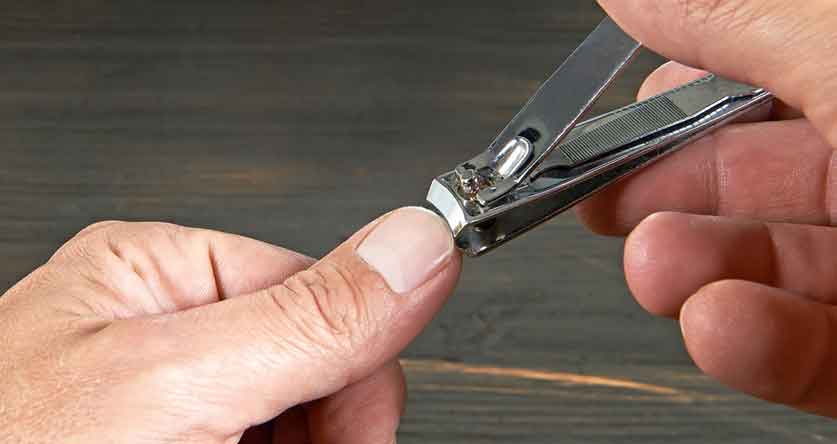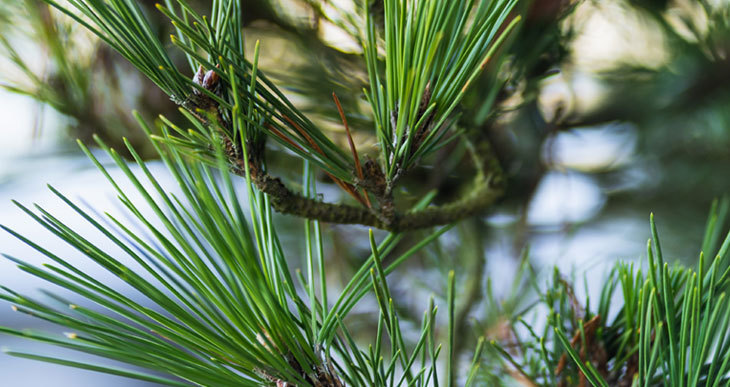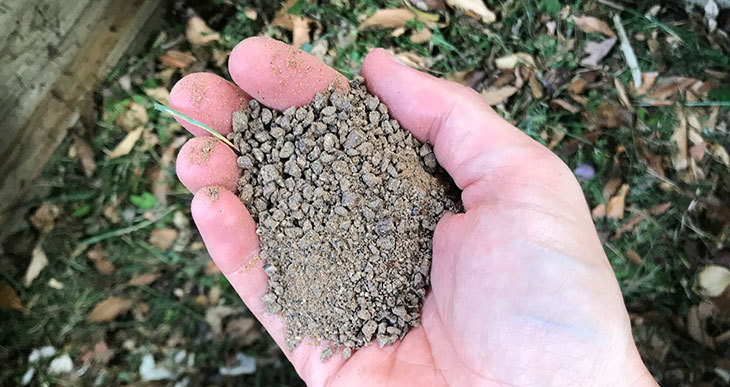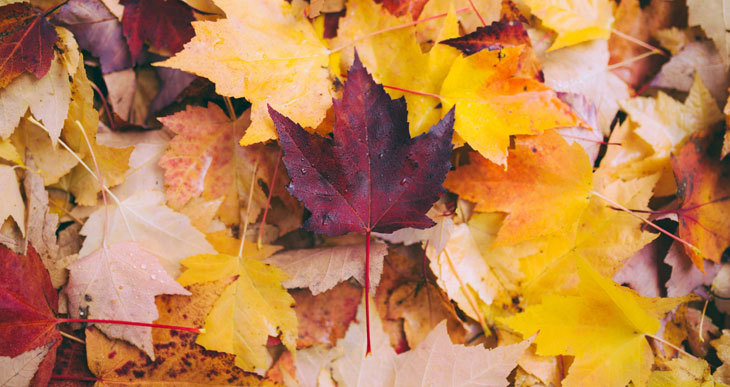Do Fingernails Decompose (Find The Answer Here!)

If you’ve ever monitored fingernail clippings, you’ll know they look the same as the day you clipped them, even months later.
You might then wonder whether fingernails decompose (and if not, what happens to all the little bits people worldwide keep snipping off their nails?).
The most basic composting rule says you should only compost things that decompose. So, if fingernails can’t break down, should you throw them into the trash instead of your compost?
Are Fingernails Biodegradable?
Fingernails are organic which makes them biodegradable. However, fingernails will decompose over a very long period of time. This is because they are made of a very durable substance known as keratin.
Our bodies are made up of several chemical elements like the ones we find in plants. For example, carbon (we’re about 18.5% carbon) and nitrogen (which makes up about 3.2% of our bodies). And like plants, every part of us – including our fingernails – can be broken down by bacteria, fungi, and other decomposers.
How long do fingernails take to decompose?
Fingernails can take years, decades, or even centuries to decompose. They break down faster in hot, moist environments and slower where it’s dry and cool – which explains why mummies sealed in Egyptian tombs can still have fingernails after thousands of years!
Fingernails are made of a super-hard protein called keratin. It’s the same stuff that makes birds’ beaks and animals’ claws so strong. What makes nails tough also makes them incredibly difficult to decompose. And very few microorganisms have a taste for keratin – so there aren’t many takers for the time-consuming job of breaking it down.
Are Fingernails Good For Soil?
The beneficial bacteria and fungi who take on the challenge of decomposing fingernails eventually break them down into soil-enriching nutrients like amino acids and nitrogen. So, microorganisms can turn fingernails into nutrients that are good for the soil.
However, the soil won’t get a big nutrient boost!
The average fingernail grows about 3.47 mm (0.14 inches) every month, and toenails grow only 1.62 mm (0.06 of an inch) or so per month. So, it’s unlikely your household will gather a decent monthly dose of nail clippings – even if you add toenails to the mix!
But hey! Every bit of goodness you put into the soil will help make it healthier.
Still, the soil will need to wait a long time for its smidgen of nutrients if you bury your fingernail clippings straight into the earth.
You could speed up the process by composting your clippings…
Can You Compost Fingernails?
Yes fingernail clippings can be composted. By adding your nail clippings to the compost pile, you’ll cut down the time they take to become nutrients to feed your soil and plants.
There’s a saying in the composting community:
“if it grows, it goes” (into compost).
This also applies to fingernail clippings. And toenail clippings, too!
Alert: Keep fake and polished nails out of your compost. Fake nails don’t decompose, and nail polish chemicals are bad for compost.
Is nail polish biodegradable?
Nail polish and false nails are made of plastic polymers, resins, solvents and dyes. Plastics cannot be recycled, so nail polish is not biodegradable.
Most nail polishes use ingredients that are not environmentally friendly. When these substances end up in landfills, they slowly leach toxic chemicals into their surroundings, adding to the overall pollution.
However, there are a few companies that make eco-friendly nail polish. If possible, prefer these non polluting brands to other less ecological products.
Best Way To Compost Fingernails
Fingernails break down fastest in hot, moist environments, so the best way to compost your clippings is to hot-compost them. Hot composting involves carefully controlling the composting conditions to raise temperatures for quicker results.
Hot composting is a tricky process, but you can get it right by building a pile (at least 3x3x3 feet big) of balanced greens (nitrogen-rich wastes like fruit and veg scraps) and browns (carbon-rich wastes like dried leaves and cardboard), and then keeping the pile as moist as a wrung-out sponge and turning it regularly to bring in air.
If you can heat your compost to high temperatures, you’ll help keratin-decomposing bacteria and fungi multiply and work at their peak. Since breaking down fingernails is such a big job, the microorganisms will be delighted to get your help!







